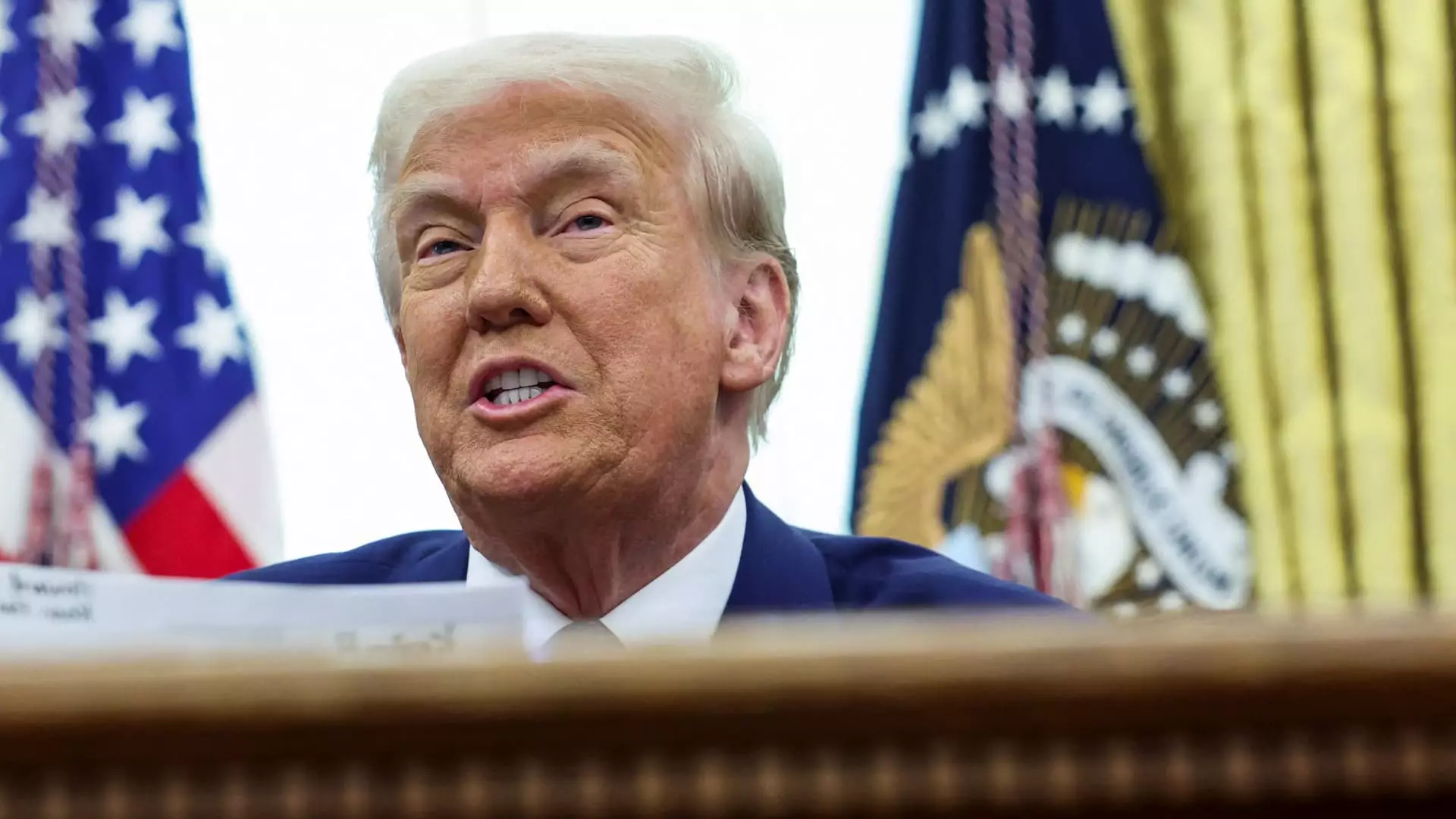In an unexpected turn of events, President Donald Trump’s recent remarks on potential reductions in U.S. defense spending have sent shockwaves through the stock market, particularly affecting defense stocks. Speaking from the White House, Trump suggested that the country could, at some future date, decrease military expenditures by nearly half, stimulating discussions about a broader reassessment of defense priorities in the context of international relations. This discussion becomes increasingly relevant as the U.S. contends with evolving geopolitical challenges and the necessity to balance military commitments with domestic needs.
Trump’s proposal appears to be part of a broader strategy of engaging with global powers such as China and Russia to renegotiate military expenditure frameworks. By referencing a potential conference with the leadership of these nations, Trump indicated a desire to reframe the narrative around defense spending—one that has traditionally viewed military investments as non-negotiable in the face of global threats. His assertion, “there’s no reason for us to be spending almost $1 trillion on the military,” reflects a growing sentiment among various fiscal conservatives who advocate for reallocating those resources toward social programs and domestic infrastructure.
Market Reactions to Trump’s Comments
The immediate aftermath of Trump’s statement saw a significant decline in defense-related stocks. Major companies like Lockheed Martin, Northrop Grumman, and General Dynamics experienced notable drops, with shares plummeting by percentages that highlighted investor apprehension surrounding their future profitability. This volatility underscores the interconnectedness of political proclamations and economic outcomes, particularly in sectors as sensitive as defense, which is intricately tied to government budgets and policies.
Analysts have pointed out that this situation illustrates the complexity of military funding in the current political landscape. Roman Schweizer, a policy analyst at TD Cowen, noted the confusion stemming from Trump’s mixed messages about defense expenditures. On one hand, he has pursued actions aimed at finding efficiencies in military spending, while on the other, he has emphasized the need for a robust military presence, further complicating public and market perceptions.
Contradictory Signals and Future Implications
As the 2024 election cycle unfolds, Trump’s fluctuating stance on military funding has raised concerns about lack of clarity. His dual approach—advocating for robust military capabilities while concurrently exploring budget cuts—leaves both industry leaders and investors grappling with uncertainty. Furthermore, the ongoing intricacies of international conflicts, such as the war in Ukraine, continue to shape discussions around military investment, particularly as the conflict has spurred a surge in demand for U.S.-made weaponry.
The dialogue around U.S. defense spending is not merely an economic concern; it implicates national security, international diplomacy, and domestic welfare. As these themes become increasingly urgent, stakeholders across various sectors will be watching closely to see how this narrative evolves and how it might ultimately reshape priorities within the defense industry. The questions of sustainability and effectiveness in military spending will remain pivotal in determining the trajectory of both U.S. defense policy and the associated economic landscape for years to come.

